
Poodle mixes—also known as “Doodles”—have taken the dog world by storm, blending intelligence and charm with hypoallergenic appeal. But not every breed is a good match. Some pairings can lead to unpredictable temperaments, health issues, or grooming nightmares. Before jumping on the Doodle trend, here are ten dog breeds that should never be mixed with poodles.
The Designer Dog Dilemma

The poodle’s popularity as a designer dog base has led to more than 40 recognized hybrid breeds, but quantity doesn’t equal compatibility. Breeders chasing novelty have created mixes that often suffer more than they shine.
While Goldendoodles and Labradoodles seem to thrive, many other crosses face serious issues—ranging from tangled coats that require hours of maintenance to unstable temperaments rooted in genetic clashes. Behavioral inconsistencies, health complications, and identity-erasing traits have made some mixes infamous among professional trainers, veterinarians, and groomers.
The American Kennel Club has even voiced concerns over the surge of poorly planned hybrids flooding shelters. Groomers report nightmare coats, while trainers describe dogs with unpredictable reactions to noise, strangers, or stimuli.
1. Dalmatian (“Dalmapoo”)
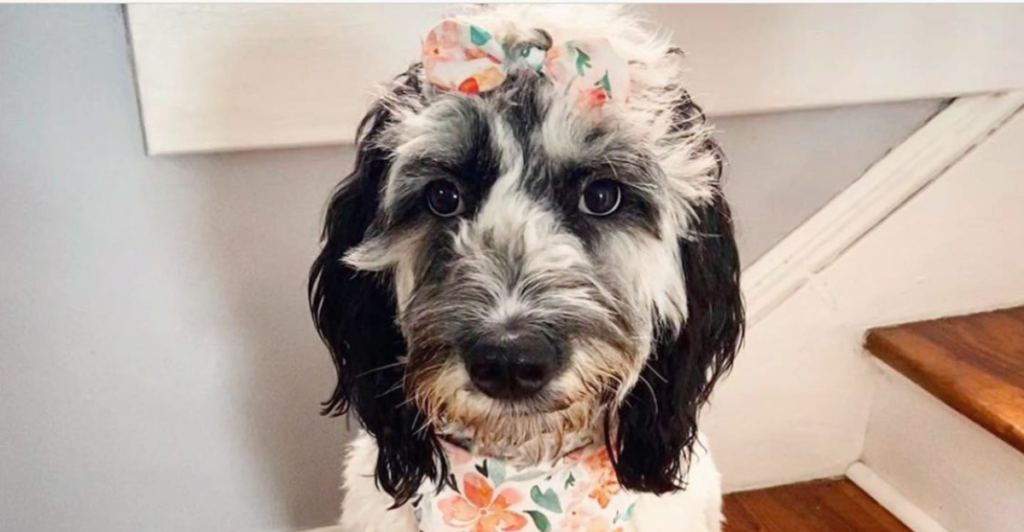
The Dalmatian is a high-energy breed with a unique coat and specific dietary needs, making it an ill-fitting match for the poodle. When crossed, the poodle’s curls muddy the Dalmatian’s iconic spots, often resulting in patchy, gray-tinged coats that lose both aesthetic appeal and functional structure.
More worryingly, Dalmatians are genetically predisposed to urinary issues, particularly uric acid buildup, which can be exacerbated by the poodle’s tendency toward stress-related conditions. Veterinary records indicate a higher incidence of cystitis and bladder stones in these mixes, often triggered by anxiety.
Groomers say Dalmapoos are among the most difficult coats to manage—not quite curly, not quite short—leading to constant matting or over-shedding. These dogs also inherit a strong prey drive, making them unpredictable around smaller pets or children.
2. Bedlington Terrier (“Bee-Doodle”)
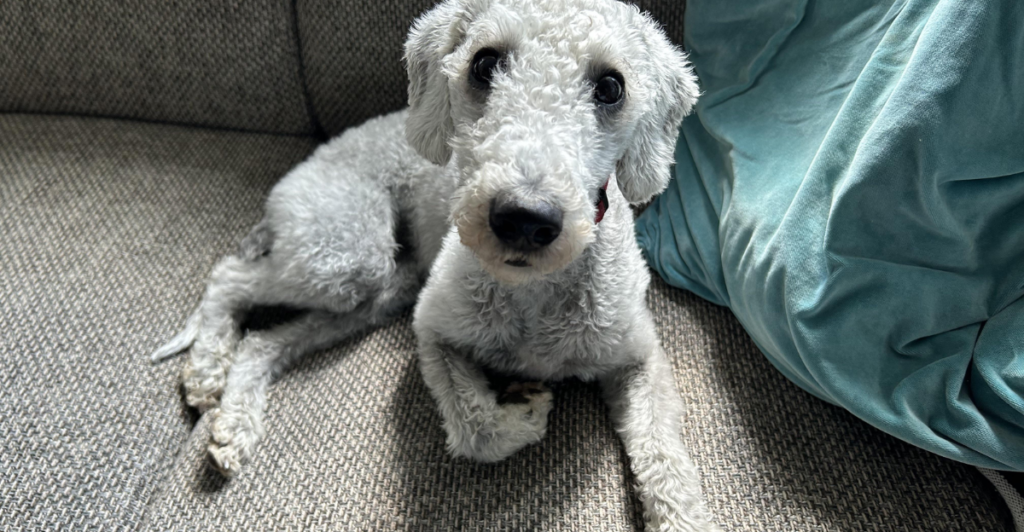
At first glance, the idea of pairing two curly-coated breeds like the Bedlington Terrier and the poodle might seem logical. But in reality, the result is a high-maintenance disaster.
The Bedlington’s lamb-like fur is a soft blend of hard and silky textures, while the poodle’s tightly curled coat is dense and prone to matting. Combined, they create a hybrid coat that becomes tangled within hours—groomers describe it as resembling felt or even tumors.
Daily brushing is essential, with some owners spending up to two hours per day just to prevent matting. The skull structure presents another issue: Bedlingtons have a narrow, domed head that, when crossed with a poodle’s delicate build, often results in what grooming forums call an “alien-like” silhouette.
3. Puli or Komondor (“Dread-Doodle”)

Corded breeds like the Puli and Komondor are revered for their unique, rope-like coats that form naturally over time. But when crossed with poodles, whose coats require precise grooming to avoid matting, the results are often disastrous. The hybrid coat doesn’t cord—it felts.
In 2023, a viral TikTok showed a “Puli-Doodle” that had to be fully shaved after its tangled coat became rock-hard and unbrushable. These breeds are also mismatched temperamentally: Pulik and Komondorok are independent, aloof, and bred for solitary livestock guarding. In contrast, poodles are sensitive, human-focused, and easily stressed by inconsistent environments.
Trainers report that these mixes often swing between detachment and separation anxiety, creating confusion in training. The working instincts of the corded breeds also clash with the poodle’s emotional intelligence, resulting in dogs that neither herd well nor adapt easily to household life.
4. English Bull Terrier (“Woolly Bully”)
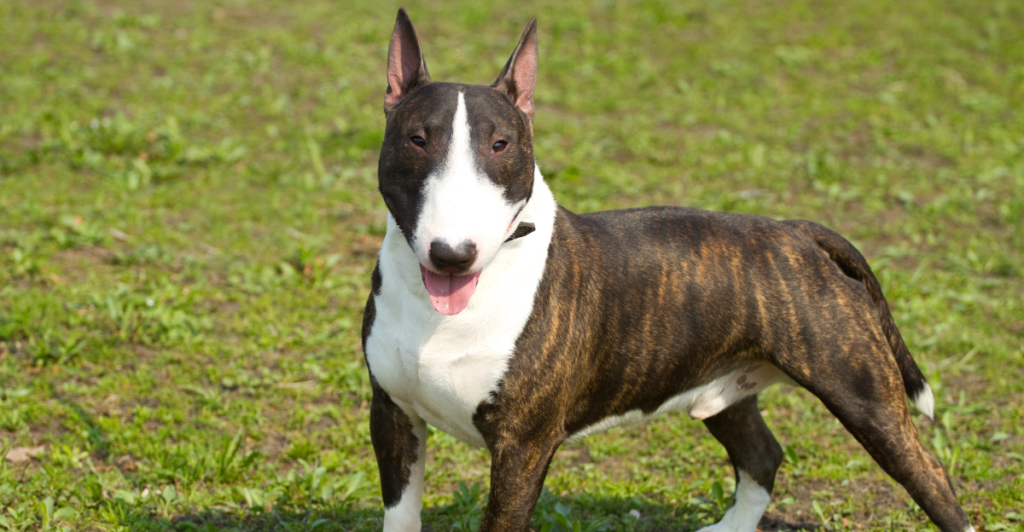
Known for their unmistakable egg-shaped head and muscular frame, English Bull Terriers are one of the least compatible matches for the elegant, slender poodle. Visually, the result is jarring—bulky bodies with curly coats and distorted facial structures that lack harmony.
More concerning, however, is the behavioral mismatch. Bull Terriers are notoriously stubborn and strong-willed and prone to obsessive behaviors like tail chasing and shadow fixation. Crossed with a poodle, which is sensitive, alert, and highly trainable, the hybrid can inherit conflicting drives that manifest as compulsive pacing or intense toy guarding.
Trainers have noted cases where these mixes exhibit destructive chewing, digging, and vocalizations—behaviors difficult to correct because of the mental tug-of-war between assertiveness and anxiety.
5. Boston Terrier (“Bossi-Poo”)
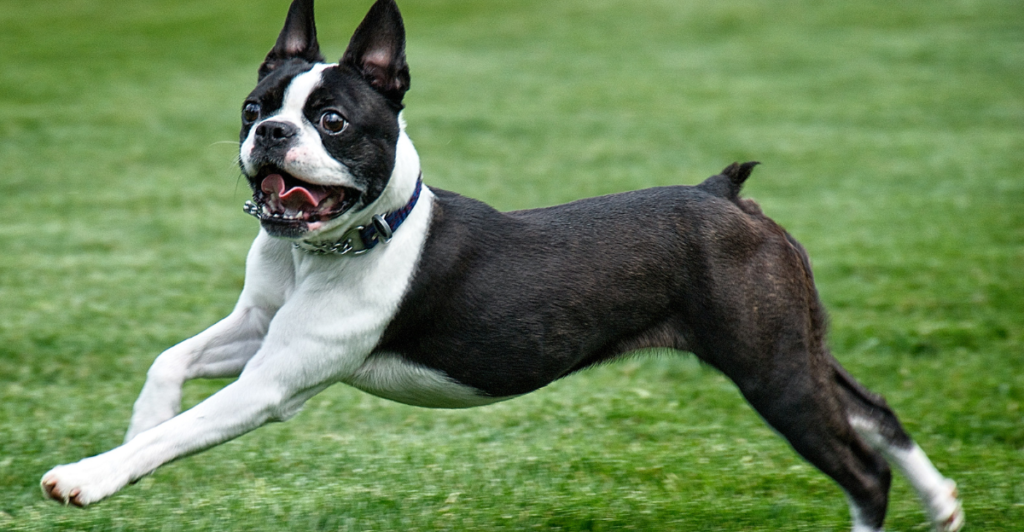
Boston Terriers have a charming, tuxedo-like appearance, a compact body, and upright ears that give them their distinctive expression. However, when mixed with poodles, these hallmark features often vanish.
The resulting hybrids frequently have floppy ears, uneven skull shapes, and snub noses paired with poodle curls, which can lead to serious respiratory challenges. A 2021 study on brachycephalic-poodle mixes found increased rates of snoring, overheating, and gastrointestinal issues—particularly bloating and excessive flatulence, common in both breeds.
Behaviorally, the Boston Terrier’s high energy meets the poodle’s tendency toward anxiety, creating a cocktail of hyperactivity and obsessive food-seeking. Owners often report these mixes as charming but relentless in their need for attention, with short attention spans that make training difficult.
6. Xoloitzcuintli (“Xolo-Doodle”)
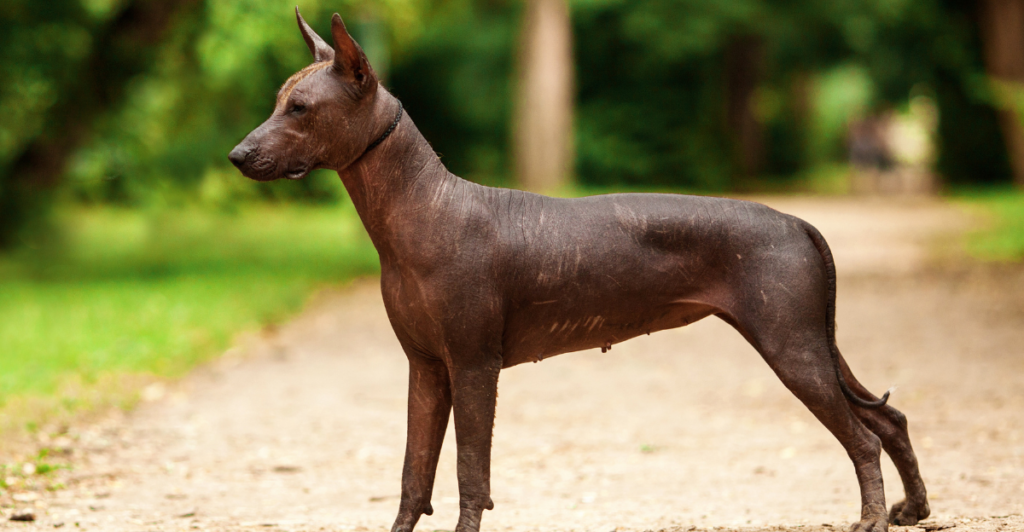
The ancient Mexican Xoloitzcuintli, or “Xolo,” is known for its mostly hairless body and deep genetic roots, making it one of the oldest dog breeds in the world. Crossbreeding a Xolo with a poodle doesn’t yield a stylish new Doodle—it creates a dermatological disaster.
The hairless gene conflicts with the poodle’s dense curl pattern, resulting in patchy, uneven fur that resembles mange. Shelters in Mexico reported a spike in abandoned “Xolo-Doodles” in 2022, many suffering from skin infections, sunburns, and autoimmune issues likely caused by incompatible genetic markers.
These dogs require specialized skincare routines including sunscreen, moisturizers, and regular vet visits—needs that most pet owners aren’t prepared for. While poodles are bred for hypoallergenic fur, the Xolo’s lack of it eliminates this advantage, while adding a host of health concerns that breeders and vets universally caution against.
7. Chinese Crested (“Crestoodle”)

Mixing a Chinese Crested with a poodle seems like an attempt to double down on quirky charm—but the reality is far from adorable. The Chinese Crested’s hairless body and tufts of silky fur don’t pair well with poodle curls. In practice, the resulting hybrids often have bald bodies with curly patches on their legs, tail, or ears—an aesthetic some compare to “a moth-eaten mop.”
A 2021 veterinary dermatology journal documented multiple cases of “Crestoodles” suffering from chronic acne, blackheads, and sunburn-related lesions. These dogs also require protective clothing in summer and winter, as their skin is highly vulnerable to weather extremes.
Beyond skin issues, behavioral experts note that both breeds can be high-strung, and when combined, the resulting dogs may become extremely reactive—barking incessantly or developing separation anxiety.
8. American Eskimo (“Eskapoo”)
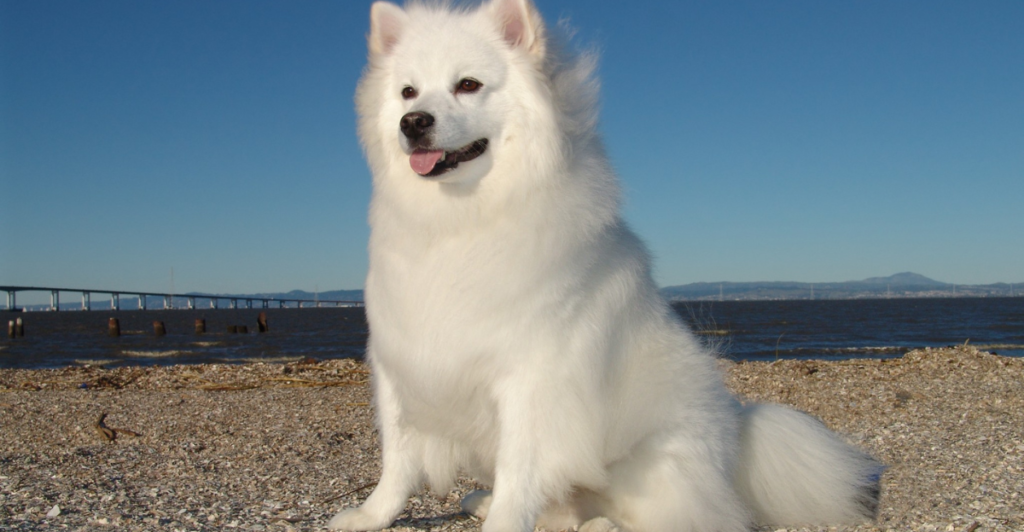
Fluffy, friendly, and full of energy, the American Eskimo Dog is often mistaken as an ideal Doodle candidate due to its beautiful coat and lively personality. However, its thick, double-layered Arctic fur does not mix well with the poodle’s curly texture.
The hybrid coat tends to trap dirt, debris, and moisture, becoming a hotbed for skin infections and painful hot spots. Groomers describe Eskapoos as some of the most difficult dogs to manage, often requiring bi-weekly professional grooming just to stay comfortable.
Behaviorally, the American Eskimo’s independent streak clashes with the poodle’s desire to please, creating dogs that may be too stubborn to train easily but too sensitive for harsh corrections. Trainers note that Eskapoos often dig compulsively—stemming from snow-burrowing instincts—leading to landscaping destruction and indoor behavior challenges.
9. Jack Russell Terrier (“Jackapoo”)
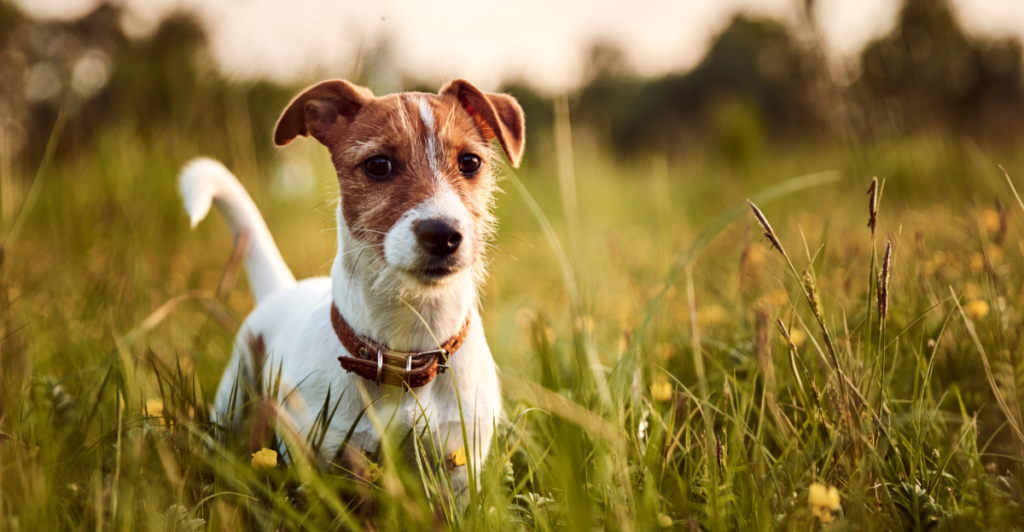
While the Jack Russell Terrier and the poodle are both small and intelligent, their mix creates more chaos than charm. The Jackapoo inherits intense energy levels from both breeds, often resulting in hyper-vigilant dogs that bark excessively, dig under fences, and chew relentlessly.
In a 2023 Australian behavioral study, Jackapoo barking registered an average of 92 decibels—roughly equivalent to a motorcycle. These dogs also exhibit extreme problem-solving skills, with owners reporting their pets opening childproof latches, escaping crates, and manipulating door handles. While intelligence is usually a benefit, in this case it leads to boredom-induced destruction.
Their coats vary widely but are rarely low-shedding or easy to groom, often combining wiry patches with curly mats. Jackapoos may look cute and compact, but their outsized energy, stubbornness, and grooming unpredictability make them a tough sell for most households.
10. Wolf Hybrids (“Woolfadoodle”)
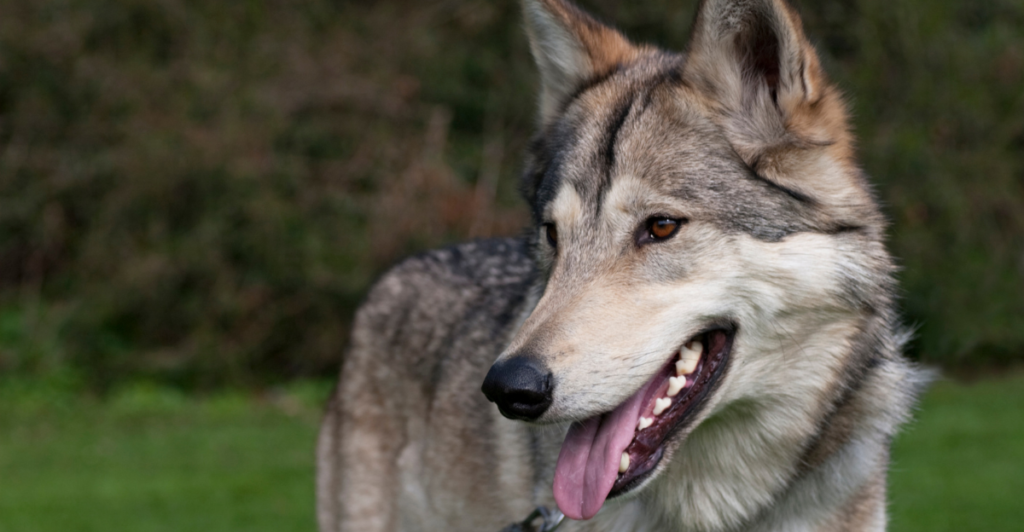
No one’s verified a wolf-poodle hybrid, but the theoretical combination—often dubbed a “Woolfadoodle”—is the kind of idea best left in fiction. Wolves retain powerful predator instincts, strict pack dynamics, and a drive for dominance that doesn’t vanish with domestication.
Even experienced handlers struggle with wolf-dog crosses. Mixing this with the poodle’s trainable, human-centered personality could create cognitive dissonance in the animal: affectionate one moment, dangerously aloof the next. Wildlife experts warn that such mixes may reject standard training, require intense enrichment, and pose serious safety risks.
Beyond behavior, coat compatibility would be disastrous—wolf coats are seasonal and coarse, while poodle fur grows continuously and mats easily. The result? A confused creature with unpredictable grooming needs and temperament.
Explore more of our trending stories and hit Follow to keep them coming to your feed!

Don’t miss out on more stories like this! Hit the Follow button at the top of this article to stay updated with the latest news. Share your thoughts in the comments—we’d love to hear from you!







